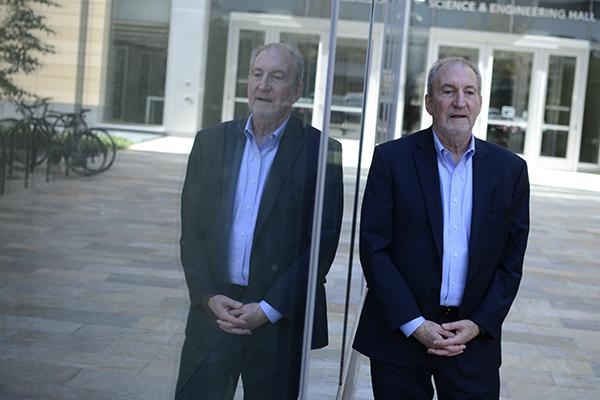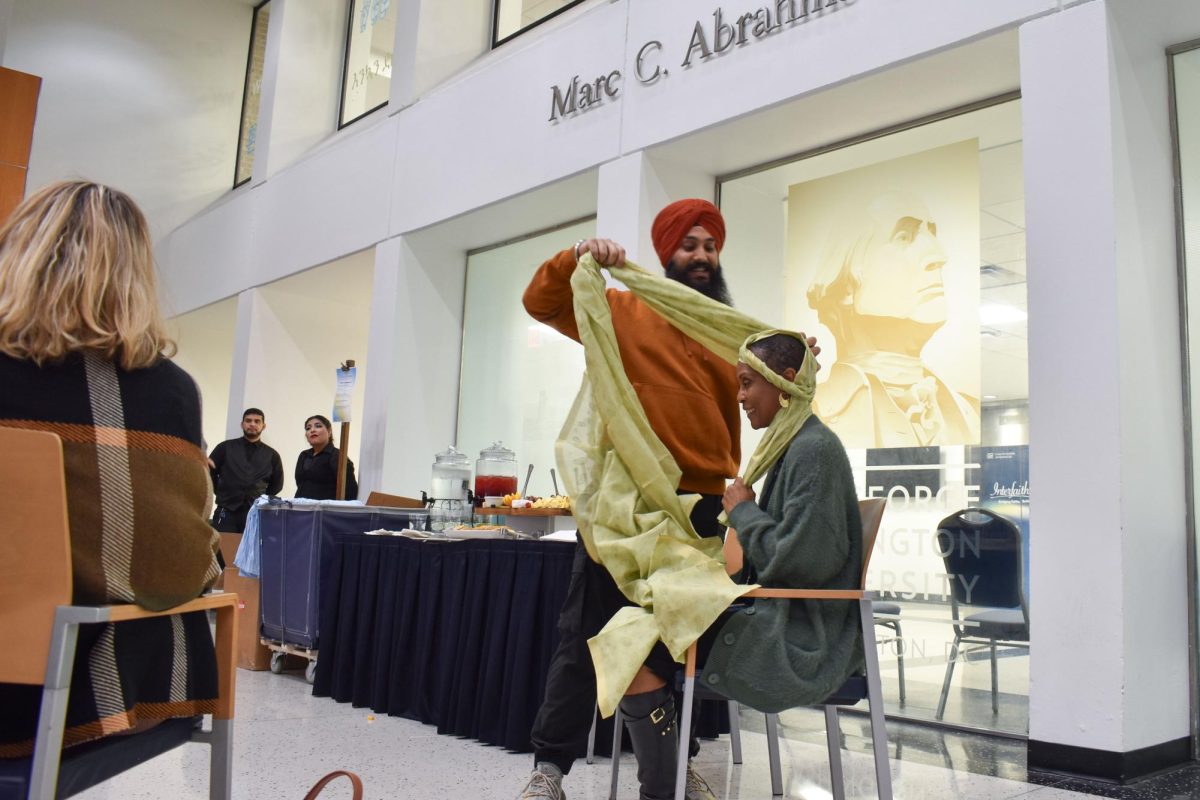While kidney disease remains the ninth leading cause of death in the U.S., the number of medical graduates choosing to specialize in kidney functions and treatment is dropping.
The American Society of Nephrology published findings from researchers in the GW Health Workforce Institute last week, which found that the field of kidney specialists is in “transition” as the health care field changes. As of now, professionals who specialize in kidneys, known as nephrologists, are struggling to cover both the number of people with kidney health problems, and to be present in the regions where patients live.
Ed Salsberg, a research instructor at the School of Nursing who led the project, said in an email that health care workers in the field must find a middle ground.
“A big surplus would be bad for the physicians who spend five or more years preparing to be a nephrologist,” Salsberg said. “On the other hand, a big shortage would be bad for the patients who might not be able to get needed services.”
According to the report, the highest concentration of nephrologists are in the Southeast and East U.S., where the largest representation is between 2.6 and 4.1 nephrologists per 100,000 people.
More than 20 million Americans suffer from chronic kidney disease, while about 450 nephrologists are being trained each year, Salsberg added.
“The specialty would like to assure that all Americans with kidney problems have access to a nephrologist. Our project is designed to assess how many nephrologists are likely to be needed in the future and how many would need to be trained each year to meet future needs,” Salsberg said.
Kidneys have been an area of focus for GW’s medical programs. The medical school recently announced the launch of the Ron and Joy Paul Kidney Transplant Center on Nov. 5. And last year, the hospital regained its status as a Level 1 trauma center and was authorized to restore its organ transplant program, performing its first kidney transplant in January.
Though Salsberg said the timing of the projects was coincidental, he has begun to partner with GW Hospital and GW’s medical school to improve their research.
“While we have expertise on how to conduct workforce studies, the medical school and GW Hospital have the expertise on how to deliver care in different specialties and about the new developments that impact on care,” he said. “Our workforce studies will be of higher quality as a result of working with practitioners at GW.”
This academic year, only 68 percent of offered fellowships in nephrology were filled nationally, the second-lowest fill rate in internal medicine, according to the report. Other specialties like cardiovascular and pulmonary and critical care both had 99 percent fill rates.
Patricia Pittman, an associate professor of health policy and nursing and co-director of the Health Workforce Institute, said the research can help health care professionals “to understand the degree to which the misdistribution of professionals may be the primary problem.”
She said that after working to understand the reason behind the drop in the number of nephrologists and their concentration in certain regions, researchers can start looking for a solution.
“The next step is to help these groups think about how to solve the problems of misdistribution,” Pittman said.







